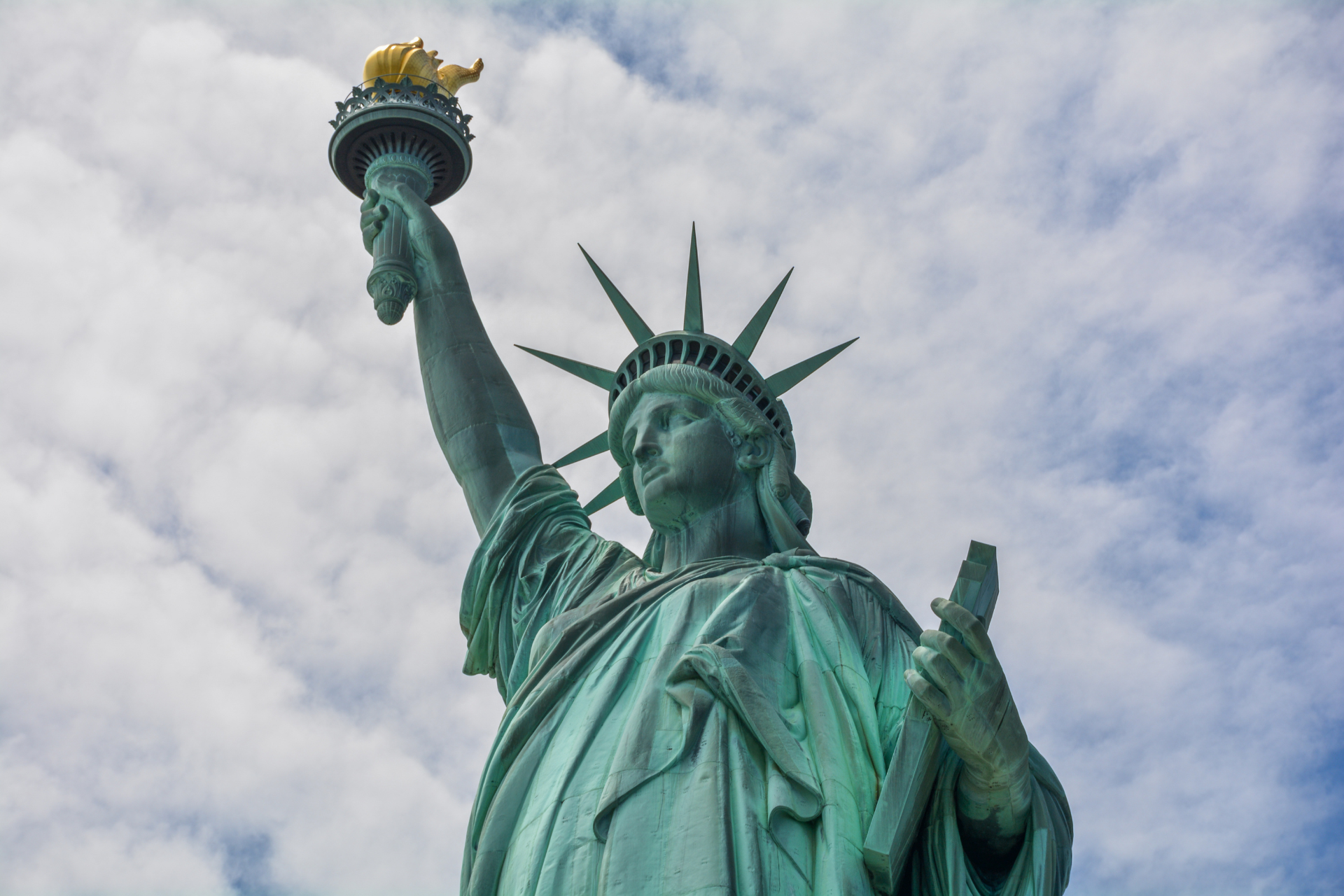Puerto Rico has held six plebiscites. So what is a plebiscite?
What is a plebiscite?
A plebiscite is a vote by the people of an entire country or district to decide an issue of broad importance, such as their type of government.
A plebiscite can be a government’s way of finding out the opinion of the people before making a significant policy change. It is different from an election. It is not about choosing an individual candidate.
Other words that people may use include
- referendum
- vote
- ballot
What is Puerto Rico’s plebiscite about?
Puerto Rico’s plebiscites have all been votes by registered voters in Puerto Rico. Puerto Ricans living in States can register to vote in their States, but cannot register to vote in Puerto Rico. Only residents of Puerto Rico can do that. This is why the diaspora — the people who were born in Puerto Rico and moved to the States, or their children born in the States — cannot vote in the plebiscite.
The important question being put to the vote in each case has been the political status of Puerto Rico. Under the U.S. Constitution, Puerto Rico can continue to be a territory as it is now, although this status was intended by the Founding Fathers to be temporary as areas established their local governments. There are two other possible relationships between Puerto Rico and the United States:
- Puerto Rico can be a State. It would become the 51st State of the Union.
- Puerto Rico can be an independent nation. It could negotiate a Compact of Free Association with the United States, or remain completely independent of the United States, with no special relationship.
The plebiscite is intended to tell Congress what the people of Puerto Rico want their political status to be.
What happens after the plebiscite?
The people cannot simply choose to be a state or choose to be an independent nation and then proceed down that path. Congress, which has “plenary power” over territories, must make the law after the people use the plebiscite to express their wishes.
Senator Kent Conrad said in 1991, “[W]e owe it to the people of Puerto Rico to be clear on our intentions. We ought not to go through an exercise in which anything is possible and anything might happen. We ought to be clear about what the results of the decisions will be.”
“It is unfortunate that the voters have faced unrealistic and inflated expectations of a supposed commonwealth relationship with the United States,” said Representative Don Young in 1994, after Congress had failed to take action following a plebiscite which included an unconstitutional “commonwealth” option. “However, this has become an opportunity to set the record straight; to quell the commonwealth fantasy status which continues to be promoted to the detriment of the society it is purported to help.”
Both these statements followed votes which included a status option — “enhanced commonwealth” — which has been declared unconstitutional by the federal government. In both cases, Congress took no action and no change in Puerto Rico’s status took place.
Action by the legislature must follow a plebiscite. The vote itself has no force. What is a plebiscite, then? In short, a plebiscite is a way for the people to make their wishes clear to the legislature.


